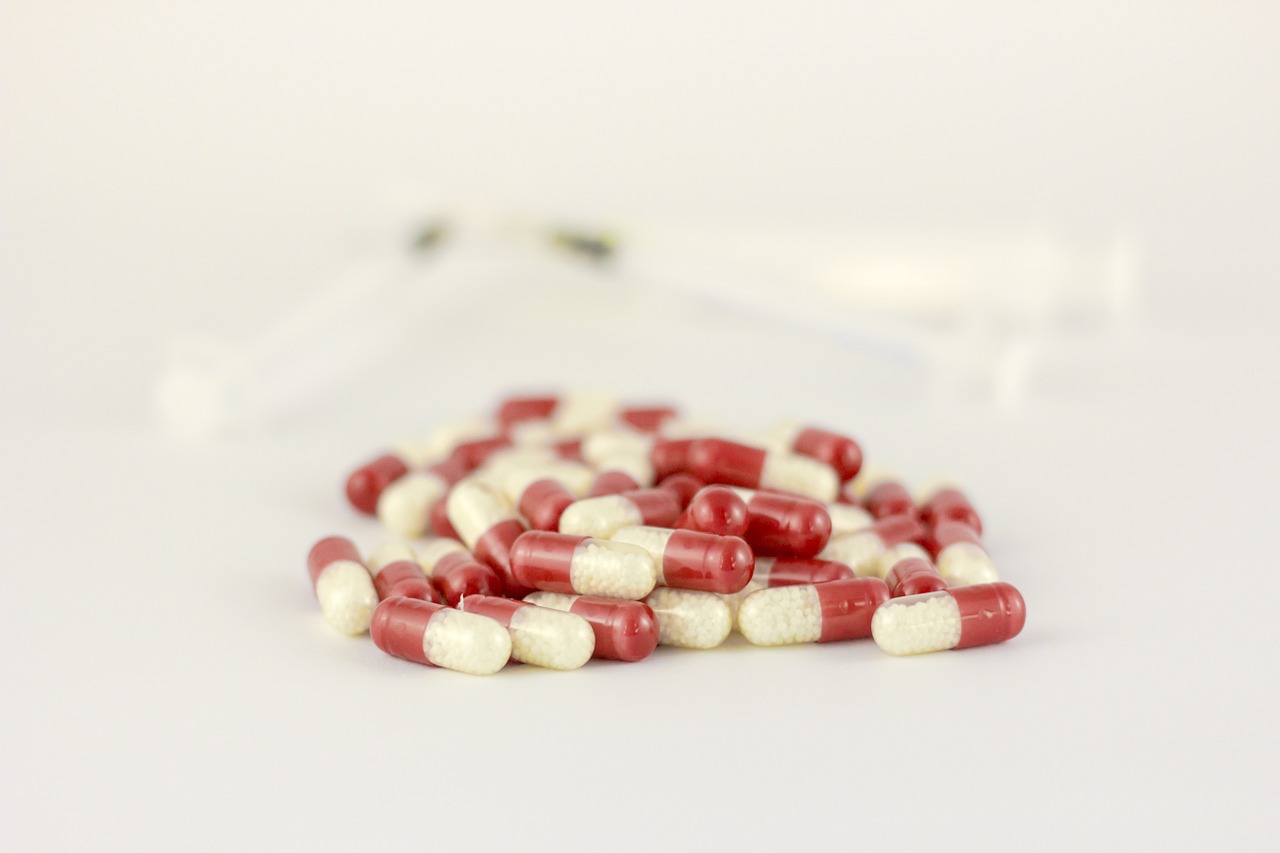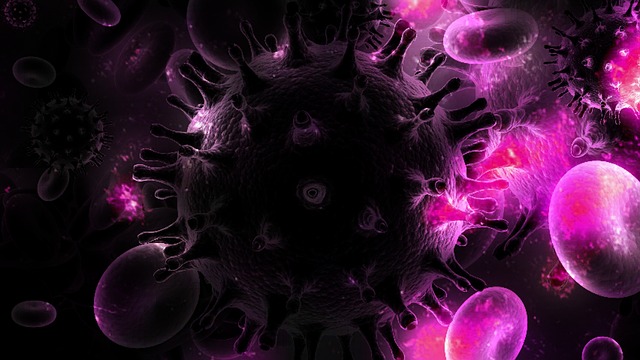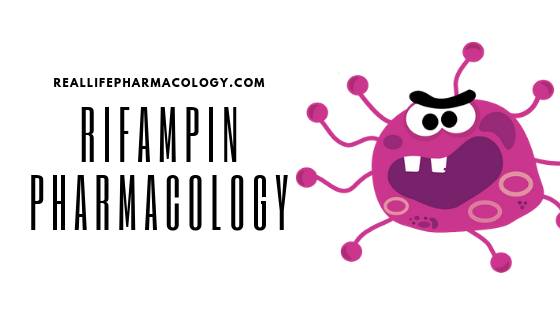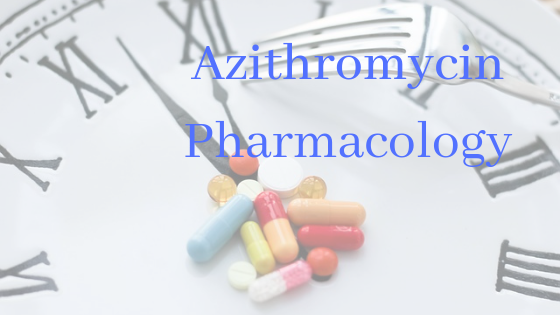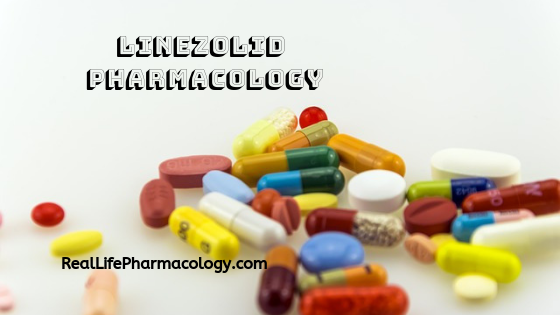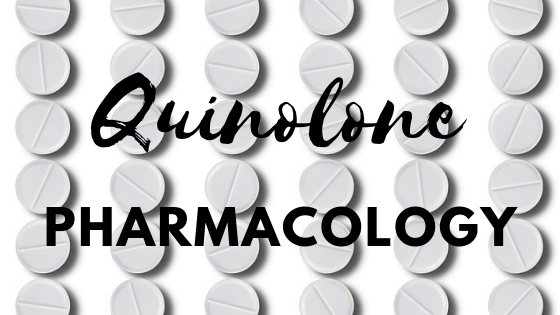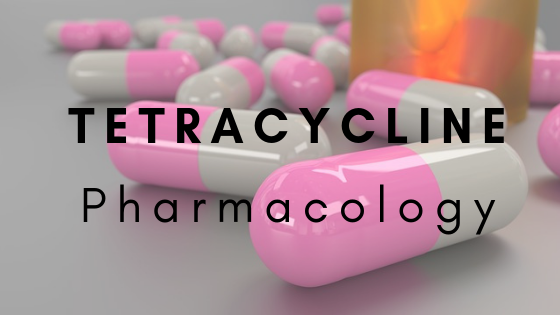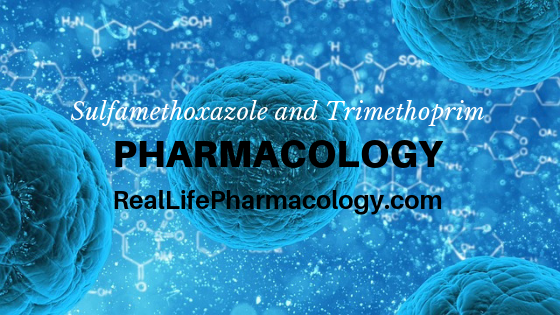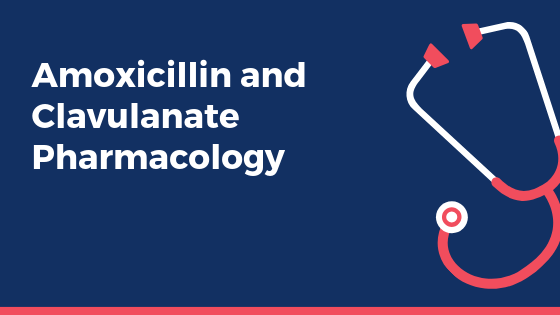Podcast: Play in new window | Download (Duration: 13:39 — 18.8MB) | Embed
Oseltamivir is an antiviral agent that is indicated for the treatment and prophylaxis of influenza.
It is important to remember that oseltamivir is cleared at least in part by the kidney and dose adjustments should be made based upon kidney function.
There is a low potential that oseltamivir could contribute to psych issues like delirium.
Probenecid has the potential to raise the concentrations of oseltamivir.
Be sure to check out our free Top 200 study guide – a 31 page PDF that is yours for FREE!
